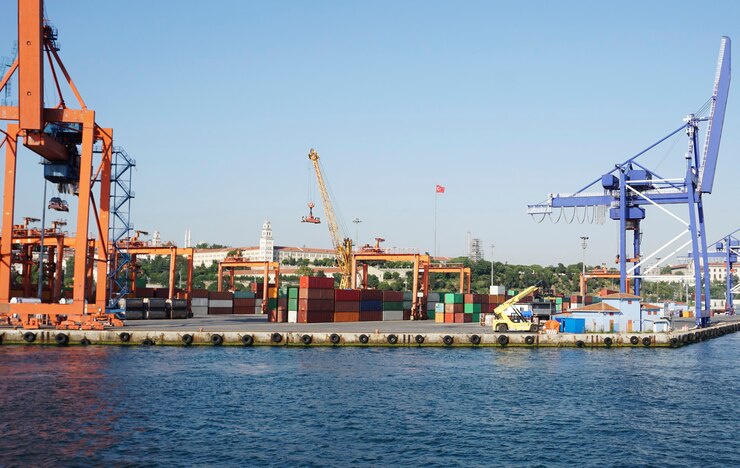India's vast coastline, stretching over 7,500 kilometers, is home to several major ports crucial to the country's economy. These ports play a pivotal role in facilitating international trade, handling billions of dollars worth of goods annually. Let's delve into the details of largest ports in India, their historical significance, and their impact on the nation's economy.
Chennai Port: India's Largest Sea Port
Chennai Port, located in Tamil Nadu, stands out as the largest sea port in India. Positioned strategically on the east coast, Chennai Port serves as a vital gateway for maritime trade, handling a diverse range of goods. It has a rich history and has contributed significantly to the economic development of the region.
Historical Significance of Indian Ports
India's maritime history dates back centuries, with ports like Surat, established in 1498, playing a crucial role in trade. The arrival of European powers such as the Portuguese and British further enhanced India's port infrastructure, leading to the development of significant trading centers.
Economic Contribution of Indian Ports
India's port sector boasts 12 major ports and 217 non-major ports, making it the world's fifteenth-largest maritime trading nation. Ports like Syama Prasad Mukherjee, Visakhapatnam, Kamrajar, Chennai, and VO Chidambarnar along the eastern coast, and Cochin, New Mangalore, Marmugao, Mumbai, JNPA, and Deendayal on the western coast, are key players in facilitating trade.
Major Ports in India: Overview
Here's a list of some of the major ports in India, along with their key features:
- Kolkata Port (KoPT): Known as the "Gateway of Eastern India," Kolkata Port handles freight from Australia and Southeast Asia. It's a significant exporter of jute, steel, iron ore, copper, leather, tea, and coal.
- Paradip Port: Situated in Odisha, Paradip Port is a major port known for handling iron ore and coal.
- Visakhapatnam Port: Located in Andhra Pradesh, Visakhapatnam Port is one of the largest ports in India, handling around 60 million metric tons of freight annually.
- Kamarajar Port (Ennore Port): Situated in Chennai, Kamarajar Port is the only significant port registered as a company, contributing significantly to India's maritime trade.
- Chennai Port: As mentioned earlier, Chennai Port is the largest sea port in India, serving as the "Gateway to South India."
Mumbai Port: India's Largest Port
Mumbai Port, also known as Bombay Port Trust, is recognized as India's largest port in terms of size and maritime trade. Established by the British in the 17th century, Mumbai Port handles a diverse range of cargo and is a crucial hub for India's import and export operations.
Jawaharlal Nehru Port Trust (JNPT): India's Largest Container Port
JNPT, located in Navi Mumbai, is the largest container port in India, accounting for more than 55% of total container traffic. It is a central hub for import and export activities, contributing significantly to India's trade operations.
Kandla Port: India's Biggest Container Port
Kandla Port, situated in Gujarat, was developed in the 1950s as India's first export processing port. It is the largest container port in India in terms of value and cargo volume handled each year, playing a crucial role in India's trade landscape.
Conclusion
India's ports have a profound impact on the nation's economy, serving as key facilitators of trade and commerce. The ports mentioned above are just a few examples of India's vast maritime network, highlighting the country's rich maritime history and its importance in global trade.


No comments yet